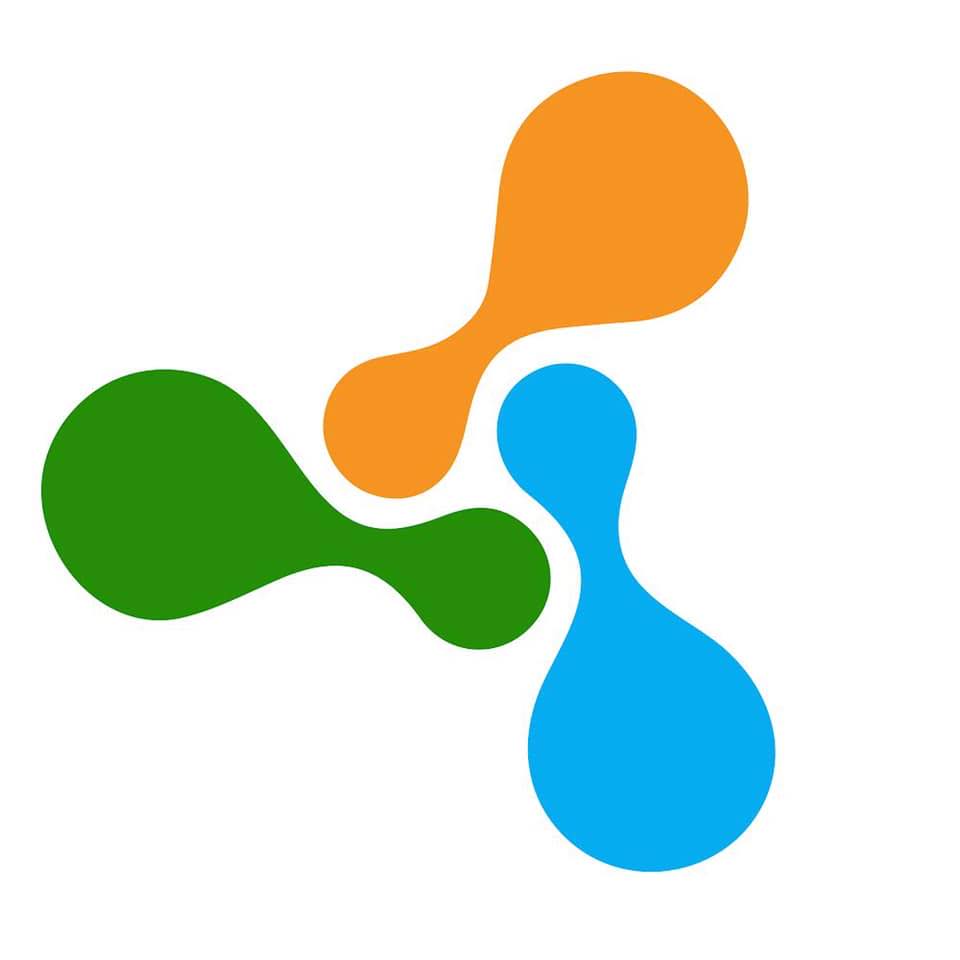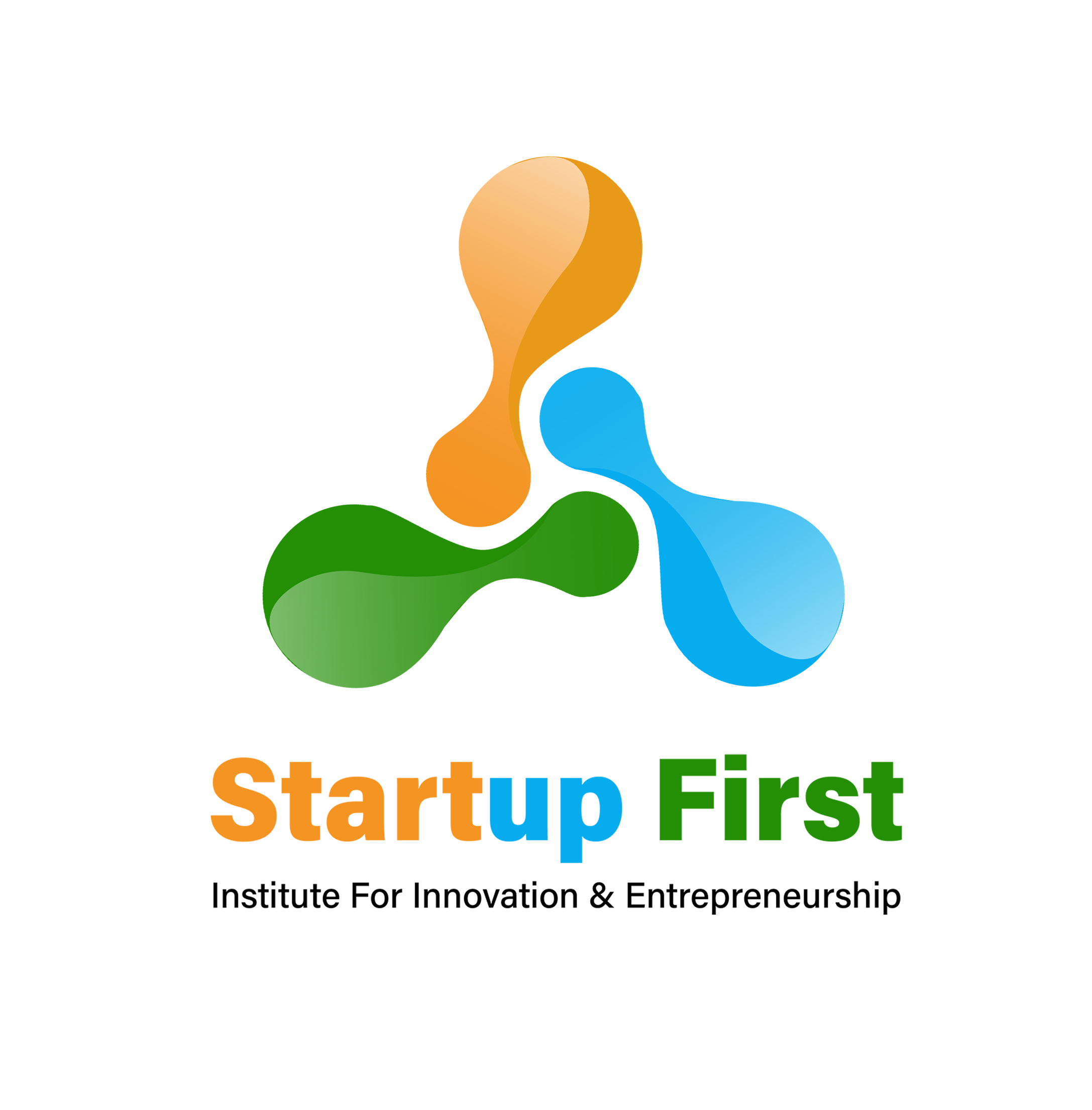Teen Startup School Holiday Program is a fun program where students age 11-19 years are taken through the innovation development process from idea to execution. Participant numbers are usually made to small groups to ensure teams get quality time with the volunteer business mentors who will be assisting over the course of the camp. Students work individually or may work together in teams to come up with an idea for that they believe provides a solution to a problem their generation will face in the future. Each Teen Start-Up has a specific theme that the teams are asked to develop their ideas around. At the end of Teen Start-Up, teams will present their ideas to a panel of industry expert.
The scope of Teen Startup for Entrepreneurship Education will lead to change of mindset by children from childhood as they have highest explorative creativity level at that age. Teenagers who attend Innovation and Entrepreneurship report strong improvement in self-confidence and hope for better future. We see the following values created by Teen Entrepreneur who are evangelized by the entrepreneurial thinking:
- Become my own boss and be a leader
- Realize own ideas and innovation-make an impact to the economy
- Build value which one can be proud of and which one doesn’t want to lose any more in life
- Massively increase self-confidence and give hope to others
- 5+ Video lecturers
- 3+ Industry examples
- 3 Discussion boards
- 3 Case studies
- 5 Simulations
A Lean Canvas, is based on the Business Model Canvas. Ash Maurya adapted the Lean Canvas, he was looking for a better, faster way to develop and build successful products that address and solve customer problems. The Lean Canvas is more focused on entrepreneurs who are starting a new business. Lean Canvas includes nine boxes on a one-page template.
- Problem Statement
Identify what the problem is. Many businesses fail because they spend too much time, money, and resources on building the wrong product. You need to understand the customer’s problem first. To get started, list your customers’ top three problems and then list alternatives that may already exist that these customers use to solve these problems today.
- Solution statement
After you have identified each problem, outline possible solutions you can use to solve them. These solutions can include new products/services and improvements to existing products.
- Customer Segment
You must understand who your customers are. You can’t know what they need or what their problems are if you don’t know who they are. Describe your target audience and define what your relationship will be with them. You may have many customer segments, and you need to realize that they are tied together with their problems. You may need to think of problems and customers at the same time.
- Customer Relationship
Okay, so we know our Value Proposition and have developed Personas to better understand our Customer Segments or ‘customers’, but what is the relationship we have with our customers? Customer Relationships is defined as how a business interacts with its customers. So, do you meet with them in person? Or over the phone? Or is your business predominantly run online so the relationship will be online too?
A really helpful step is to create a User Journey Map of your customers as they interact with your business. This helps clarify the points of engagement between you and your customer and the modes used to relate to your customers. This will also help you start to define your operations as a business and also help you identify opportunities for automation.
- Unfair Advantage
This is where you identify your competitive advantage, the differentiator that makes your product or business unique and that is not easily copied.
- Channel
Channels are defined as the avenues through which your customer comes into contact with your business and becomes part of your sales cycle. This is generally covered under the marketing plan for your business. Good questions to ask when identifying the channels to reach your customers are: How are we going to tell our customer segment about our value proposition?
- Where are our customers?
- Are they on social media?
- Are they driving their car and listening to the radio?
- Are they at an event or conference?
- Do they watch TV at 7pm on a Friday night?
Understanding how to reach your customers is so crucial to your business.
- Unique Value Proposition
The Value Proposition is foundational to any business/product. It is the fundamental concept of the exchange of value between your business and your customer/clients. Generally, value is exchanged from a customer for money when a problem is solved or a pain is relieved for them by your business.
Good questions to ask when defining your business/product:
- What is the problem I am solving?
- Why would someone want to have this problem solved?
- What is the underlying motivator for this problem?
Tips:
A good way to approach this for users/customers is by looking at your customer segments and figuring out where your product/service solves the problem for your customer, based on Maslow’s Hierarchy of Needs. If you are selling your product or service to another business, you are a key partner in them achieving their Value Proposition for their customers. It is important to have context around the goals the company is trying to achieve for their Customer Segments and where your business/product/service fits in the value chain.
- Key Activities
The Key Activities of your business/product are the actions that your business undertakes to achieve the value proposition for your customers.
Questions to ask:
- What activities does the business undertake in achieving the value proposition for the customer?
- What is the resource used?
- Time?
- Expertise?
- Distribution of product?
- Technical development?
- Strategy?
- Offer resources (human/physical)?
- What actions does it take you and/or your staff to achieve value exchange?
- Key Resources
Next you should think about what practical resources are needed to achieve the key activities (actions) of the business? Key means the resources your business requires to do business.
- Key Partners
Key Partners are a list of other external companies/suppliers/parties you may need to achieve your key activities and deliver value to the customer. This moves into the realm of ‘if my business cannot achieve the value proposition alone, who else do I need to rely on to do it?’. An example of this is ‘if I sell groceries to customers, I may need a local baker to supply fresh bread to my store’. They are a key partner to achieve the value my business promises to the customer.
- Key Metrics
Metrics are a way to measure performance and to monitor progress toward achieving your business goals. List current numbers that describe how your business is doing today. In addition, you may want to define the key metrics that you will use as indicators to measure future success. For example, how many units of a product need to be sold in order to earn a profit?
- Cost Structures
You have to spend money to make money. This section is where you list the costs that your business will have in order to develop and market your product, including research, technology, human resources, and so on. Be sure to include one-time and recurring costs.
Your business cost structure is defined as the monetary cost of operating as a business.
- How much does it cost to achieve my businesses key activities?
- What are the cost of my key resources and key partnerships?
- How much does it cost to achieve the value proposition for my customers/users?
- Are there additional costs to running a business?
- Legal?
- Insurance?
- What is the cost of my business?
- It is important also to place a monetary value on your time as a cost.
- How much would it cost you to hire you?
- What is the opportunity cost of running your business?
- Revenue Structures
In this box, you will list where your money is going to come from. How are you going to price your product or service to ensure that you make a profit? You need to consider how much people are willing to pay and what the minimum is that you can charge in order to make a profit.
Revenue Streams are defined as the way by which your business converts your Value Proposition or solution to the customer’s problem into financial gain. It is also important to understand pricing your business accordingly to pain of purchase in exchange for the pain of solving the problem for your customer. But how do you gain revenue?
The objectives of Teen Startup on Entrepreneurship Education are:
- To provides a practical and immersive way of learning skill
- To help teen entrepreneurs to develop competencies on creativity and innovation
- To complete the learning cycle of Lean Startup for innovation
- To come up creative solution to problem
At the end of the program the Teen will have following result :
- Lean Startup Business Canvas
- Prototype
- Pitch Hack slide

